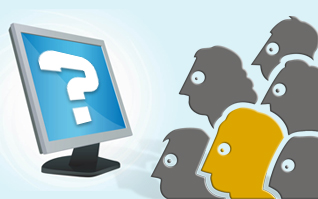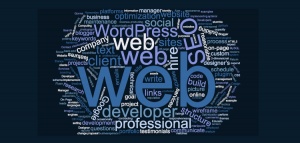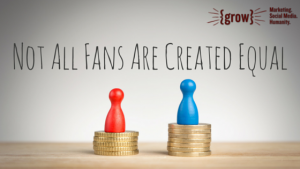 It’s 2014. We don’t have hoverboards yet, but we’re pretty close to flying cars, and it’s much more rare to find a business that doesn’t have a website, Facebook page and Twitter profile than it is to find a company that’s totally connected. Chances are your company doesn’t only have a website, but no one remembers why you started your site in the first place. Again, it’s 2014, everyone has a website and the “why?” doesn’t matter, right? Wrong. The “why” is the most important part.
It’s 2014. We don’t have hoverboards yet, but we’re pretty close to flying cars, and it’s much more rare to find a business that doesn’t have a website, Facebook page and Twitter profile than it is to find a company that’s totally connected. Chances are your company doesn’t only have a website, but no one remembers why you started your site in the first place. Again, it’s 2014, everyone has a website and the “why?” doesn’t matter, right? Wrong. The “why” is the most important part.
Whether you’re rolling out a new website, thinking about a refresh, or you’re just taking stock of the site you already have, figuring out who your site is for is incredibly valuable. What’s the best-case scenario for someone stumbling across your site? Do you want them to give you their contact info? Their money? Or do you just want them to know where you’re located and what your hours are?
Here are three types of people your site might be “for” and what that means for your development process.
1. Retail Customers
We’re starting with retail customers because they’re the easiest to define success for: if they give you money through your site, it’s working the way you want it to. There’s a lot you’re going to need to get right to keep those transactions rolling in, but the e-commerce portion of your site is obviously pretty important. Can your potential customers navigate it easily, find the items they want and finalize their transactions pretty close to 100% of the time? If you don’t have the e-commerce technologies figured out, your sales might be literally disappearing into thin air. Sites aimed at retail customers need to have the technological part of that transaction figured out first, followed by a design that makes sure potential customers are easily able to turn into current customers.
2. Sales Leads
If your company offers customers products and services that come with a slightly larger price tag, chances are your sales come through a sales team, rather than e-commerce. In that case, every part of your website needs to be focused on generating high quality leads your team can sell to. While your first instinct might be just to put up a “contact us” form and wait for the leads to roll in, your second instinct will be to ask why that isn’t working for you. In recent years, the web has shifted away from static contact forms, SEO, and SEM and toward digital marketing designed to offer potential customers content they find interesting in exchange for their contact information.
With the right technology driving your site, it’s easy to keep an eye on what the visitors to your site are interested, giving you the opportunity to give your sales teams leads that are much warmer than the cold calls they’re likely used to making.
3. Random People?
There’s a third category of people you might think your website is “for” and that’s… everybody? For a lot of businesses, the website really exists just to get people to show up to their office or retail location. There’s the temptation to just throw every bit of information you have online. That’s easy to justify because you want to “give everyone as much info as you can”, but you’re really creating a situation where your site isn’t very useful for anyone. When you’re planning out a site that doesn’t have a direct sales aspect to it, be sure to take the time to sketch out three or four types of people that you think will visit your site, based on your current customers, and make sure the site is set up in a way that allows those people to find the information they need.
Understanding who you’re designing your new website for is an important part of the development process. If you’re thinking about re-designing your site or launching a new one, drop us a line and we’ll help make sure you’re on the right track.
Business Articles | Business 2 Community
(258)








